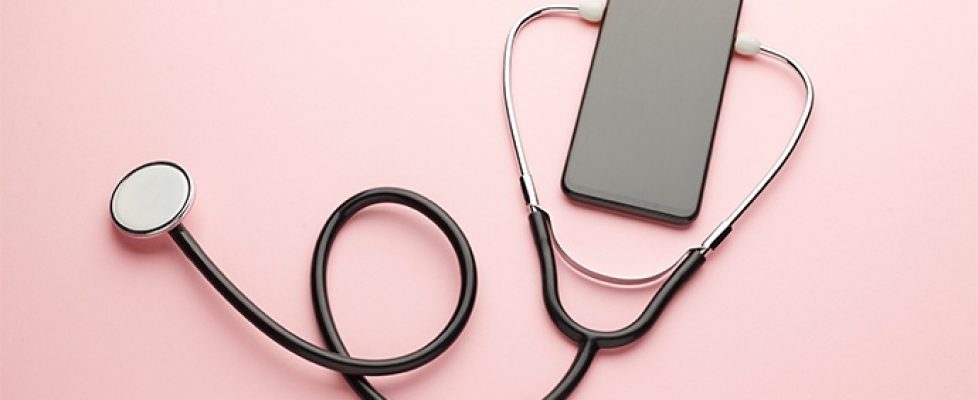Remote Patient Monitoring Promotes Chronic Care Management, Home Health
Remote patient monitoring solutions can play a critical role in chronic care management and home health programs that work to drive down care costs and improve patient outcomes.
June 17, 2021 – Chronic care management and home health initiatives can drive down care costs and promote better patient outcomes. A key tool in these programs—remote patient monitoring—is helping one academic medical center succeed in these efforts.
During qualitative follow-up for Insights’ Telehealth Growth and Development: Telehealth’s Place in the Industry Beyond the Pandemic report, the director of telecare at an academic medical center outlined his organization’s use of remote patient monitoring technologies. Their efforts are closely intertwined with chronic disease management strategies and home health initiatives.
“Historically, we would send patients with COPD, asthma, diabetes, and many other chronic conditions home. The next time we would see them is when they’re in crisis. That’s a poor outcome for the patient. And that’s expensive,” he explained.
An emergency department visit is 12 times more expensive than a physician office visit, according to data from UnitedHealth Group, making it important to keep patients out of the emergency department can help drive down healthcare costs.
“What we need to do is be able to send patients home with some kind of check so if that patient begins to trend poorly, we can intervene and either coach them back to compliance with medication and diet and exercise, or the provider can step in and change their therapeutic recommendations,” the director continued.
Remote patient monitoring technologies can either ask patients to monitor their vitals and communicate that information back to providers or the tool can do this automatically through the use of wearable technologies or at-home technologies.
Currently, about 35 percent of provider organizations are using remote patient monitoring technologies, according to the Insights report. But the difference between use in hospitals and physician practices is stark–59 percent at hospitals and 21 percent at physician practices.
Monitoring key vital signs can impact both chronic disease management and outpatient recovery. In a chronic disease setting, providers can monitor changes in blood glucose levels, for example, to understand when a patient’s diabetes is not being managed properly. The provider can intervene and figure out how to work with the patient to better manage the disease.
Meanwhile, telehealth enables recovery at home for outpatient care encounters, the telehealth director pointed out during follow-up. The hospital-at-home model allows patients to receive acute care at home instead of in a hospital setting. Vital signs are monitored through remote patient monitoring solutions, and home health aides can visit regularly to monitor progress or intervene if necessary.
“There are a lot of people who are in the hospital that don’t absolutely need to be in the hospital,” he said. “For those people, how do we extend the hospital to their home? They’re stable enough to go home, but we still need to monitor them.”
Home health has been shown to reduce cost by nearly $7,000 and decrease the chances of readmission by approximately nine percent. Patients can recover from their home, an environment that puts patients at ease and where they’re likely surrounded by loved ones.
“We put the patients in a place where they are more comfortable, where they have their family support,” the director said.
The pandemic also showed how a hospital can lose inpatient capacity quickly. Aside from the patient-centered argument for home health, there are logistical reasons hospitals and medical centers would want to consider remote patient monitoring for home health.
“What we saw in New York and what we’re seeing today in India is that one hiccup in the healthcare system and we don’t have enough inpatient beds,” explained the director. “If we’re able to move all of the patients who don’t have to be in the hospital home, we open up capacity in case we need that capacity.”
The coronavirus pandemic highlighted a need for an emergency preparedness strategy. Those hospitals that had plans in place were happy they did in March 2020 while those that did not had to scramble to create one before initiating a COVID-19 response.
CMS created billing codes to support reimbursement for the hospital at home model. Hospitals and health systems, therefore, cannot blame reimbursement for not implementing these programs.
“As the legal regulatory environment has changed a little bit and we began to move into value-based payment models, we have seen the use in telehealth in the home trickle up,” the director pointed out.
Both chronic disease management and home health effectively drive down care costs and improve patient outcomes. As the industry continues to push toward more value-based care, remote patient monitoring for these programs could be a key driver of success as it is enabling two key elements of value-based care—lower costs and better patient outcomes.
“Using that kind of home-based monitoring is going to be critical if we’re going to improve quality, improve outcomes, and try to reduce cost,” concluded the director.

